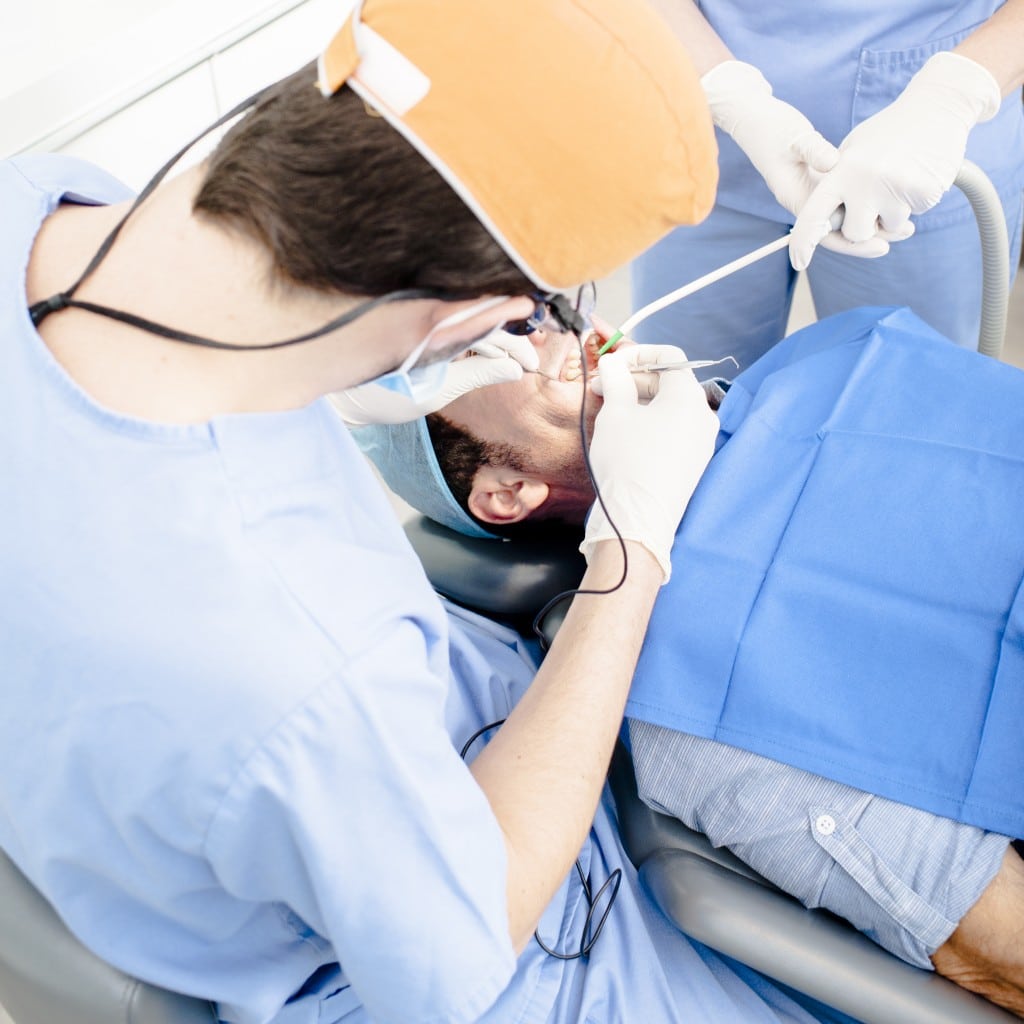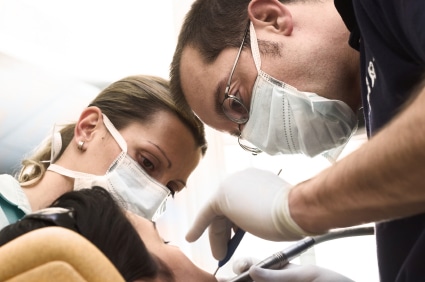When it comes to dental visits, anxiety can be a significant obstacle for many people. Dental sedation can help patients feel more comfortable and at ease during dental procedures. Let’s explore what dental sedation is, the different types available, and the pros and cons of dental sedation.
What is Dental Sedation?
Dental sedation, also sometimes known as premedication, involves the use of medication to help patients relax during dental procedures. It is not the same as general anesthesia, which renders a patient completely unconscious, usually for dental surgeries or other procedures.
Dental sedation is used to reduce anxiety and discomfort prior to and during dental visits. With this type of sedation, you will still be conscious and responsive during their visit. The level of sedation may be minimal, helping you stay relaxed but still fully awake, or deeper, bringing you to a barely conscious state.
Dentists follow careful guidelines to ensure your safety and comfort when receiving sedation medication. If you are considering dental sedation to make your dental visits more manageable, it’s important to be clear and honest about your needs, dental history, and additional medications or conditions you have. This will help you and your dentist find the type of dental sedation that’s best for you.
BDG Dentists can assist you in finding the right dental sedation
Make an appointment today to learn more >>
Types of Dental Sedation
There are several types of dental sedation. These may be used to alleviate different levels of anxiety, or for different types of procedures. Understanding these options can help you and your dentist decide on the best approach for your needs.
- Nitrous Oxide (Laughing Gas): This is a minimal sedation method where the patient inhales nitrous oxide mixed with oxygen through a mask. It provides a sense of relaxation and euphoria, and the effects wear off quickly after the gas is stopped.
- Oral Sedation: This involves taking a prescribed medication, such as diazepam, lorazepam, or similar, before the procedure. The dosage may be small or moderate, depending on the patient’s needs. Oral sedation makes the patient feel drowsy and relaxed, though they remain awake.
- IV Sedation: Administered intravenously, this method allows the dentist to adjust the level of sedation continuously. IV sedation can range from moderate to deep, where the patient may not remember much of the procedure but can still respond to the dentist.
- General Anesthesia: Though it is less common in dental procedures, general anesthesia renders the patient completely unconscious. It is typically reserved for complex procedures or patients with extreme anxiety or special needs.
Who Might Need Dental Sedation?
Dental sedation can be beneficial for a wide range of patients. It can make dental visits more manageable and comfortable for those who struggle with specific issues.
- Dental Anxiety or Phobias: Those who experience severe anxiety or fear associated with visiting the dentist can benefit from dental sedation, making it easier to receive necessary care.
- Low Pain Threshold: Individuals who are particularly sensitive to pain or sensations like poking may use dental sedation to make it easier and more comfortable to visit the dentist.
- Long or Complex Procedures: For lengthy or complicated treatments, sedation can help patients remain comfortable throughout the process.
- Strong Gag Reflex: Sedation can help relax the muscles involved in the gag reflex, making it easier for the dentist to perform necessary procedures.
- Children or Special Needs Patients: Young children, patients who have difficulty sitting still or who experience uncontrolled movements can also benefit from sedation.
Pros of Dental Sedation
Visiting the dentist is critical for good oral health. If anxiety or other issues are keeping you from visiting the dentist, dental sedation or premedition is a good option to help maintain your oral health. There are several advantages to using dental sedation, particularly for those who experience significant anxiety or discomfort during dental procedures.
- Reduced Anxiety: Sedation helps alleviate fear and anxiety, making dental visits more manageable for anxious patients.
- Increased Comfort: Patients experience less discomfort during procedures, as sedation can dull pain and make the experience more pleasant.
- Efficiency: Sedation allows the dentist to work more efficiently, as patients are more likely to remain still and cooperative, reducing the time needed for procedures.
- Multiple Procedures in One Visit: With sedation, dentists can often perform multiple treatments in one visit, minimizing the number of appointments needed.
- More Dental Visits: Simply visiting the dentist more often than you otherwise would is a big benefit of dental sedation.
Cons of Dental Sedation
While dental sedation has many benefits, there are also some drawbacks to consider. It’s essential to weigh these cons before deciding if sedation is right for you.
- Cost: Sedation dentistry can be more expensive than regular dental treatments due to the additional medications and monitoring required.
- Potential Side Effects: In some cases, sedation can cause side effects like drowsiness, nausea, or headaches.
- Recovery Time: Some types of sedation will require more recovery time, while others allow patients to recover quickly. It’s important to understand how much recovery time you need, especially if you are driving to the appointment.
- Not Suitable for Everyone: Some patients, such as those with certain medical conditions, allergies or those who are pregnant, might not be able to use dental sedation.
Dental sedation can allow you to visit the dentist without anxiety and discomfort. Understanding the types of sedation available, when to use it, and the pros and cons of dental sedation can help you make an informed decision. If you think dental sedation might be right for you, discuss it with your dentist to determine the best option for your needs. Make an appointment today to learn more about premedication and dental sedation.



